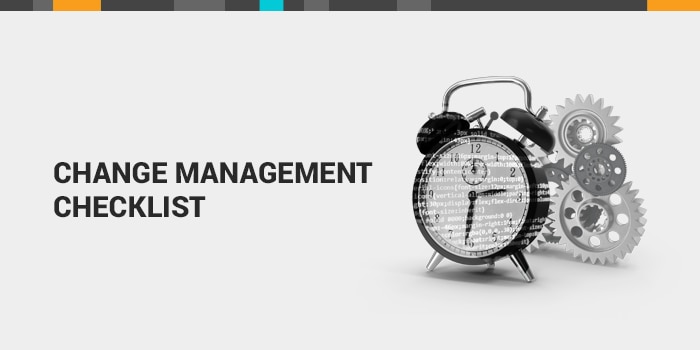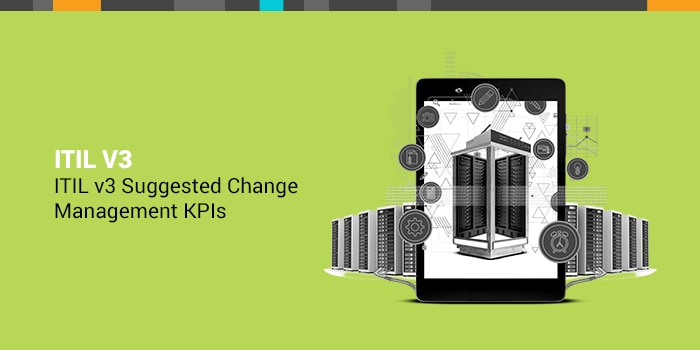Getting the Most out of Change Management
As a general concept, change management is relatively straightforward, if a bit broad in its scope. General change management is an attempt to describe, codify, and quantify everything that goes into preparing teams, individuals, or whole organizations to execute and (in some ways), to recover from change. Change management as an ITSM discipline, on the other hand, is more specific in its scope. For IT organizations, change management can be confusing and complex. In most cases, it pays dividends to have an ITIL change management checklist in place. It may even be beneficial for organizations to evaluate available change management software or IT service management suites that offer change management capabilities for potential purchase, and then to incorporate these into their overall IT change management strategy.Introduction to Change Management
As an IT service management discipline, change management ensures that the procedures and methods employed to enact change are standardized and ensure that they promote the prompt and efficient management of any changes to IT infrastructure. The ultimate goal of IT change management is to limit the number and severity of change-related impacts on service. For a typical IT organization, changes to IT infrastructure can come from a wide variety of sources. These may include proactive changes not limited to improvements to the effectiveness and efficiency of systems and technologies, stemming from business initiatives with either an internal or external focus (or both). They may also include reactive changes spurred by legislation, market developments, or other potential disruptions.An ITIL Change Management Checklist or Change Management Checklist Template
When building your ITIL change management checklist, it can be helpful to structure your procedures around the “7 R’s”: Who RAISED the change? What’s the REASON for the change? What is the expected RETURN for the change? What are the potential RISKS involved? What are the RESOURCES required to execute the change (and to clean up afterward)? Who is RESPONSIBLE for each aspect of the change? What is the RELATIONSHIP between this and other prior, contemporary, and potential changes? And lastly, though not an official step of the change management process - but still important - what would be the potential consequences of REJECTING the change?- Who RAISED the Change?
- REASON for the Change
- RETURN for the Change
- RISKS involved
- RESOURCES required
- Who is RESPONSIBLE for build, test, and implementation?
- RELATIONSHIP between this and other Changes
- Consequences of REJECTING the Change







